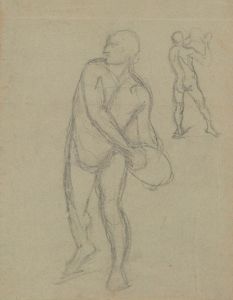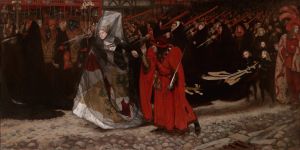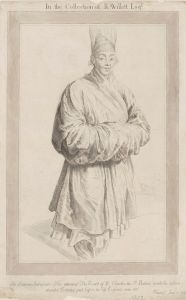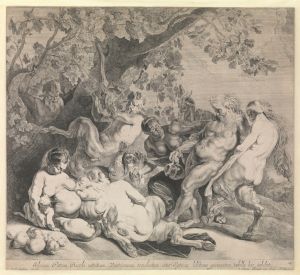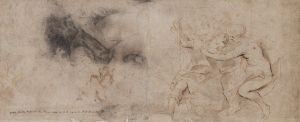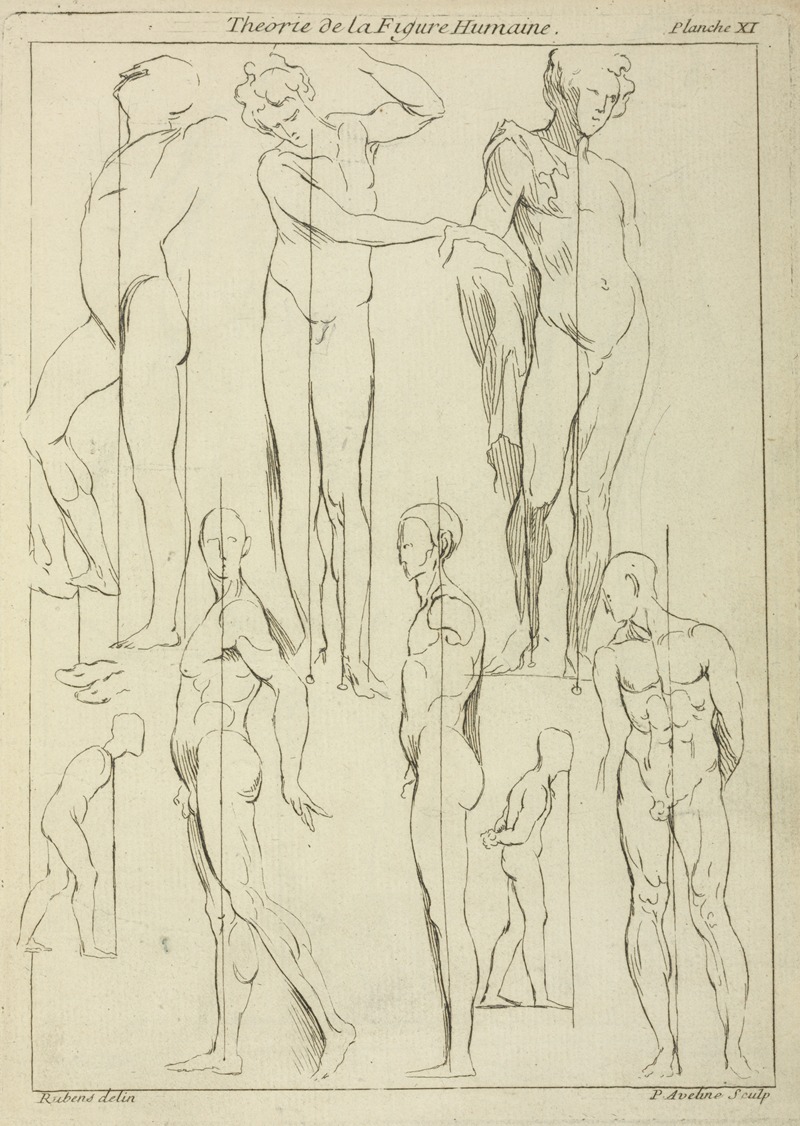
Studies of figures in upright positions
A hand-painted replica of Peter Paul Rubens’s masterpiece Studies of figures in upright positions, meticulously crafted by professional artists to capture the true essence of the original. Each piece is created with museum-quality canvas and rare mineral pigments, carefully painted by experienced artists with delicate brushstrokes and rich, layered colors to perfectly recreate the texture of the original artwork. Unlike machine-printed reproductions, this hand-painted version brings the painting to life, infused with the artist’s emotions and skill in every stroke. Whether for personal collection or home decoration, it instantly elevates the artistic atmosphere of any space.
Peter Paul Rubens, a prominent Flemish Baroque painter, is renowned for his dynamic compositions, vibrant color palette, and sensuous depiction of figures. Among his extensive body of work is "Studies of Figures in Upright Positions," a drawing that exemplifies his mastery in capturing the human form and movement. This piece is a testament to Rubens' skill in draftsmanship and his deep understanding of anatomy, which he often employed in preparation for his larger paintings.
"Studies of Figures in Upright Positions" is a drawing that showcases Rubens' ability to convey the fluidity and dynamism of the human body. The artwork is composed of several figures, each depicted in various upright stances, demonstrating a range of poses and movements. This study likely served as a preparatory work for a larger composition, as Rubens frequently created numerous sketches and studies before executing his grand paintings. These studies allowed him to experiment with different poses and arrangements, ensuring that the final composition would be both harmonious and expressive.
Rubens' approach to figure studies was heavily influenced by his classical education and his admiration for the art of the Renaissance. He was particularly inspired by the works of Michelangelo and Raphael, whose depictions of the human form were characterized by their anatomical precision and expressive potential. In "Studies of Figures in Upright Positions," Rubens employs a similar attention to anatomical detail, capturing the musculature and movement of his subjects with remarkable accuracy.
The drawing also reflects Rubens' interest in the naturalistic representation of the human body, a hallmark of Baroque art. This period was characterized by a heightened sense of drama and movement, and Rubens was a master at conveying these elements through his art. The figures in this study are not static; instead, they appear to be caught in mid-motion, their limbs and torsos twisting and turning in space. This sense of movement is further enhanced by Rubens' use of line and shading, which add depth and volume to the figures.
Rubens' studies were not merely technical exercises; they also served as a means of exploring the emotional and psychological dimensions of his subjects. In "Studies of Figures in Upright Positions," the varied poses and expressions of the figures suggest a range of emotions and states of mind, from contemplation to action. This ability to convey complex emotions through the depiction of the human form is one of the reasons Rubens is celebrated as one of the greatest artists of the Baroque era.
While the exact date of "Studies of Figures in Upright Positions" is not definitively known, it is consistent with Rubens' practice throughout his career of creating detailed studies as part of his artistic process. These drawings were an integral part of his workflow, allowing him to refine his ideas and compositions before committing them to canvas.
In summary, "Studies of Figures in Upright Positions" by Peter Paul Rubens is a compelling example of the artist's skill in capturing the dynamism and complexity of the human form. Through his meticulous attention to anatomy and movement, Rubens creates a study that is both technically proficient and emotionally resonant, reflecting the core principles of Baroque art.





